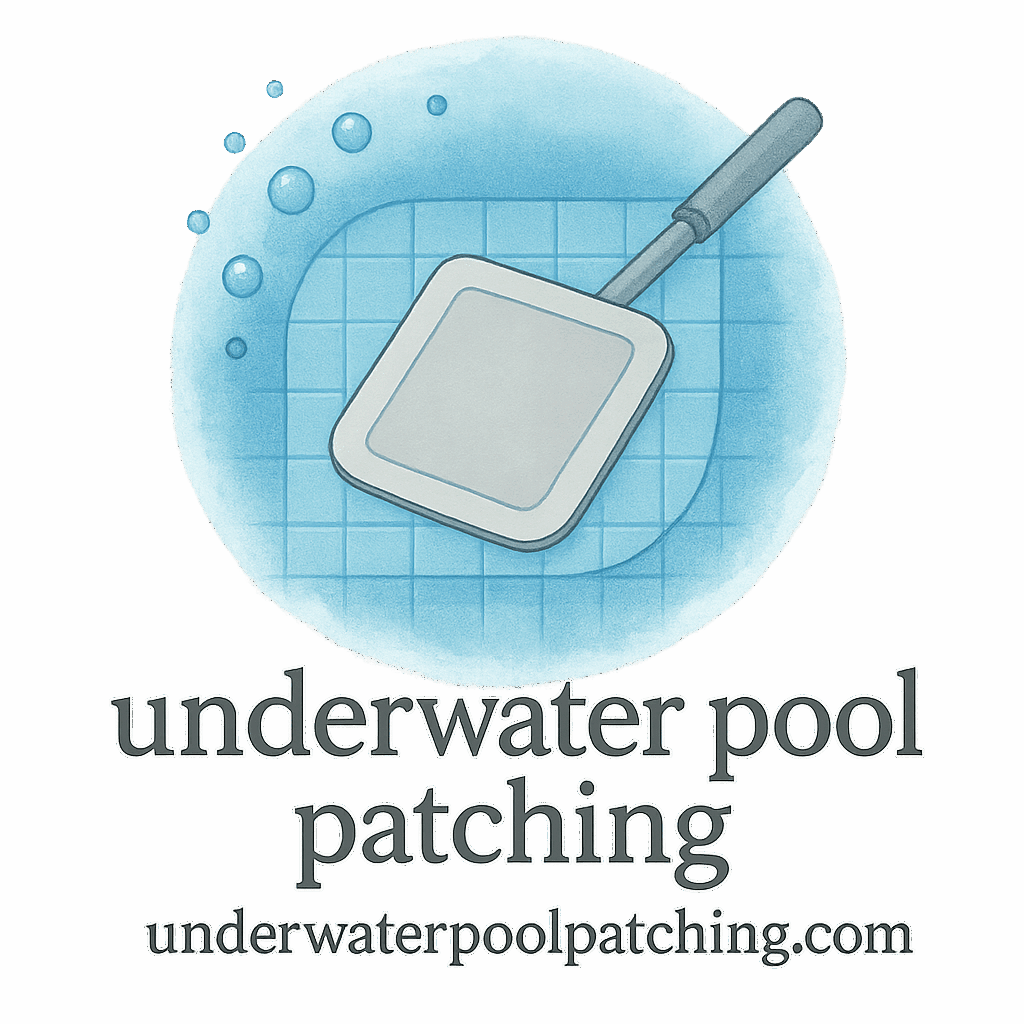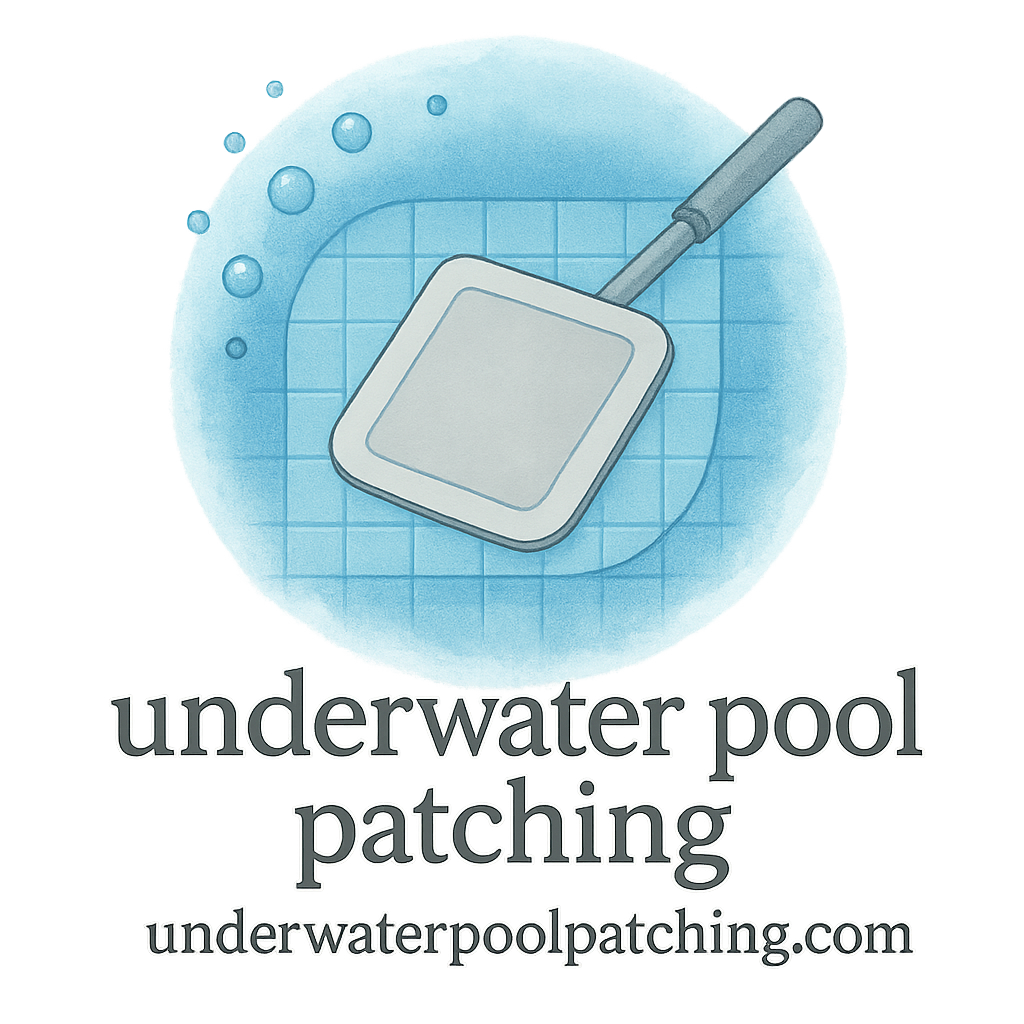Introduction: Why DIY Habits Matter for Pool Care
If you own a swimming pool, you already know it’s not just a luxury—it’s a responsibility. Pools require care, consistency, and smart upkeep. The good news? You don’t need to be a professional to maintain lasting results. By following a set of DIY habits, you can extend the effectiveness of your application tips for pools while saving time, money, and stress.
Let’s dive into 11 powerful habits that will help you keep your pool sparkling, safe, and efficient all year long.
Understanding Application Tips for Pools
What Are Application Tips for Pools?
Application tips for pools are essentially best practices for maintaining, repairing, and caring for your pool’s surfaces and water systems. These include how to patch cracks, apply chemicals, clean efficiently, and detect issues early. The way you apply these tips determines how long your pool stays in top condition.
Why Consistency Matters
Think of pool maintenance like brushing your teeth. Doing it once in a while won’t help much, but daily consistency keeps problems away. Applying pool care tips regularly ensures results don’t just last for weeks—they extend into seasons.
Habit 1: Regular Pool Inspection
Spotting Small Issues Before They Grow
Pools are like cars—if you don’t inspect them, small issues quickly snowball. Regular inspections help catch cracks, leaks, or surface wear before they turn into costly problems.
Check your pool tiles, grout, and plaster weekly. If you notice rough patches, discoloration, or bubbling, it may be time to look into inspection and diagnosis.
Tools You Need for Quick Inspections
A flashlight, a pool brush, and a water-testing kit are must-haves. For advanced detection, many DIY pool owners rely on pressure tests to catch leaks early.
Habit 2: Proper Water Balancing
Testing pH and Chlorine Levels
Water chemistry can make or break your pool. Test pH and chlorine levels at least twice a week. Ideally, pH should stay between 7.2–7.6, while chlorine levels hover around 1–3 ppm.
How Balanced Water Protects Pool Surfaces
Balanced water reduces corrosion, staining, and algae growth. It also helps your pool patch repairs last longer, making your patch types and materials more effective.
Habit 3: Cleaning Debris Daily
Skimming and Brushing Techniques
Leaves, insects, and dirt are your pool’s daily enemies. Skim the surface each morning and brush the walls weekly. This stops algae from clinging and saves your filter from overworking.
Preventing Stains and Buildup
Organic matter left in the pool breaks down and stains the surface. Regular cleaning makes every repair technique more durable and prevents edge deterioration.

Habit 4: Scheduled Deep Cleaning
Vacuuming and Brushing Walls
A quick skim isn’t enough. Schedule a deep cleaning session every two weeks. Use a pool vacuum and brush to scrub walls and corners where algae and dirt like to hide.
Removing Algae Before It Spreads
Algae growth starts small but spreads fast. By deep cleaning, you stop it before it requires harsh chemical treatments or costly restoration.
Habit 5: Smart Patch Repairs
Choosing the Right Patch Materials
Not all patches are created equal. From epoxy to vinyl, the choice depends on your pool’s material. Refer to guides on patching techniques to find the right fit.
DIY Repair vs Professional Help
DIY patches save money, but some cracks or leaks need pros. For cost planning, see budgeting tips before deciding.
Habit 6: Leak Detection and Pressure Tests
How to Perform Simple Leak Checks
A simple bucket test (placing a bucket of water on a step and comparing water loss) can reveal leaks. If levels don’t match, you likely have an issue.
When to Call Experts
If your DIY efforts don’t solve the mystery, professional leak detection is worth it. Left unchecked, leaks lead to higher bills and structural damage.
Habit 7: Consistent Maintenance Plan
Weekly, Monthly, and Seasonal Tasks
Break down your maintenance into manageable steps. Weekly: skim, test water, brush. Monthly: deep clean, inspect patches. Seasonal: check pumps, filters, and edges.
Using Subscription Services
Some pool owners subscribe to maintenance plans that provide reminders, discounts, and materials for routine care.
Habit 8: Safe Chemical Storage and Use
Proper Storage Habits
Keep pool chemicals in a cool, dry place away from sunlight and moisture. Never stack them haphazardly—they can react.
Applying Chemicals Correctly
Follow dosage instructions carefully. Overuse damages patches and surfaces, while underuse allows bacteria to thrive.
Habit 9: Monitor Patch Life and Edges
How to Check Patch Edges for Wear
Inspect patch edges for peeling or rough spots. A smooth edge finish (edge finish guide) ensures durability and prevents further cracks.
Extending Patch Longevity
By monitoring patches, cleaning regularly, and using proper materials, you maximize patch life.
Habit 10: Seasonal Prevention Techniques
Pre-Winter Preparations
Before closing your pool, lower the water level, clean thoroughly, and use a quality cover. This prevents cracks and patch failures during freezing temps.
Summer Care Strategies
Summer brings heavy use. Test water daily, skim more often, and stay on top of routine checks.
Habit 11: Budgeting and Cost-Saving Habits
Tracking Maintenance Costs
Keep a log of chemical purchases, repairs, and cleaning supplies. This helps predict future expenses and avoid overspending.
Smart DIY vs Hiring Professionals
DIY saves money, but major repairs may need pros. Balancing both leads to smart cost-saving and long-term savings.
Conclusion: Pool Longevity Starts with Habits
Your pool’s health depends less on big fixes and more on small, consistent actions. By adopting these 11 DIY habits, you can extend the life of your application tips for pools and enjoy clean, safe swims without burning a hole in your wallet. Start small, stay consistent, and watch your pool thrive season after season.
FAQs
1. How often should I test pool water balance?
At least twice a week, especially during summer when pools are used more.
2. Can I repair small cracks myself?
Yes, with the right patching materials. For larger cracks, consider calling a professional.
3. What’s the easiest DIY leak detection method?
Try the bucket test—it’s simple and surprisingly accurate for spotting leaks.
4. Do chemical imbalances really damage pool patches?
Absolutely. Over-chlorination or low pH can weaken and peel patches.
5. How long does a patch typically last?
With proper care, patches can last years. Regular checks on patch repair extend their life.
6. Is deep cleaning really necessary if I skim daily?
Yes. Skimming removes surface debris, but deep cleaning tackles algae and dirt in corners and walls.
7. What’s the best way to save money on pool maintenance?
Combine smart DIY habits with a clear maintenance prevention plan and only call in professionals when absolutely necessary.


